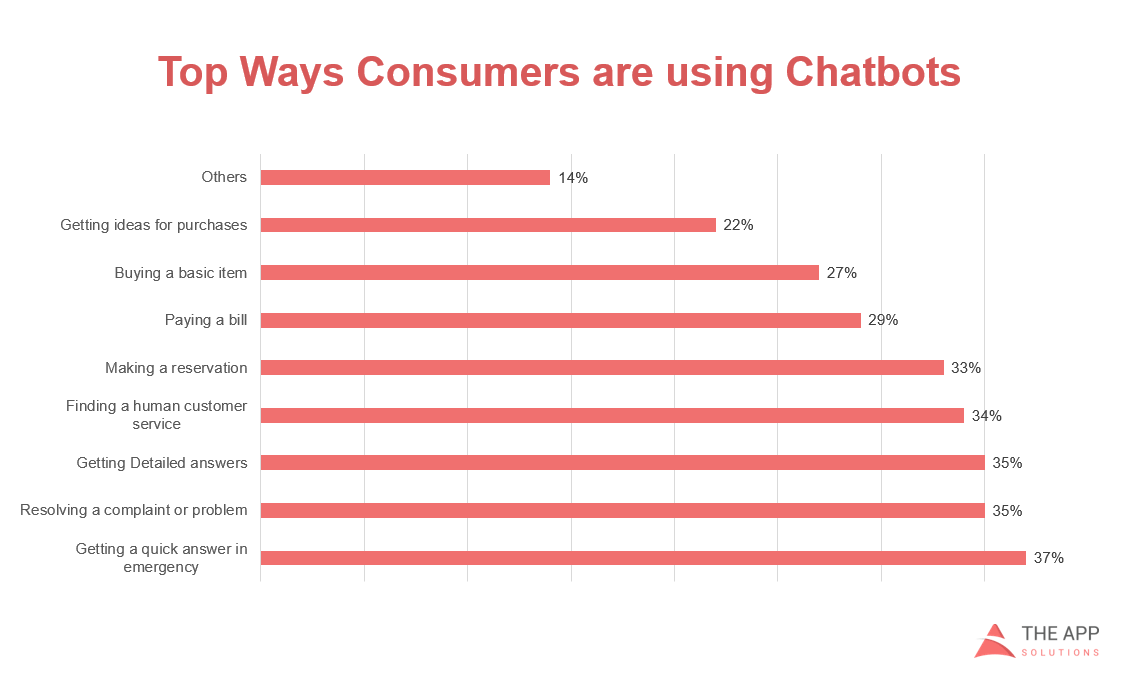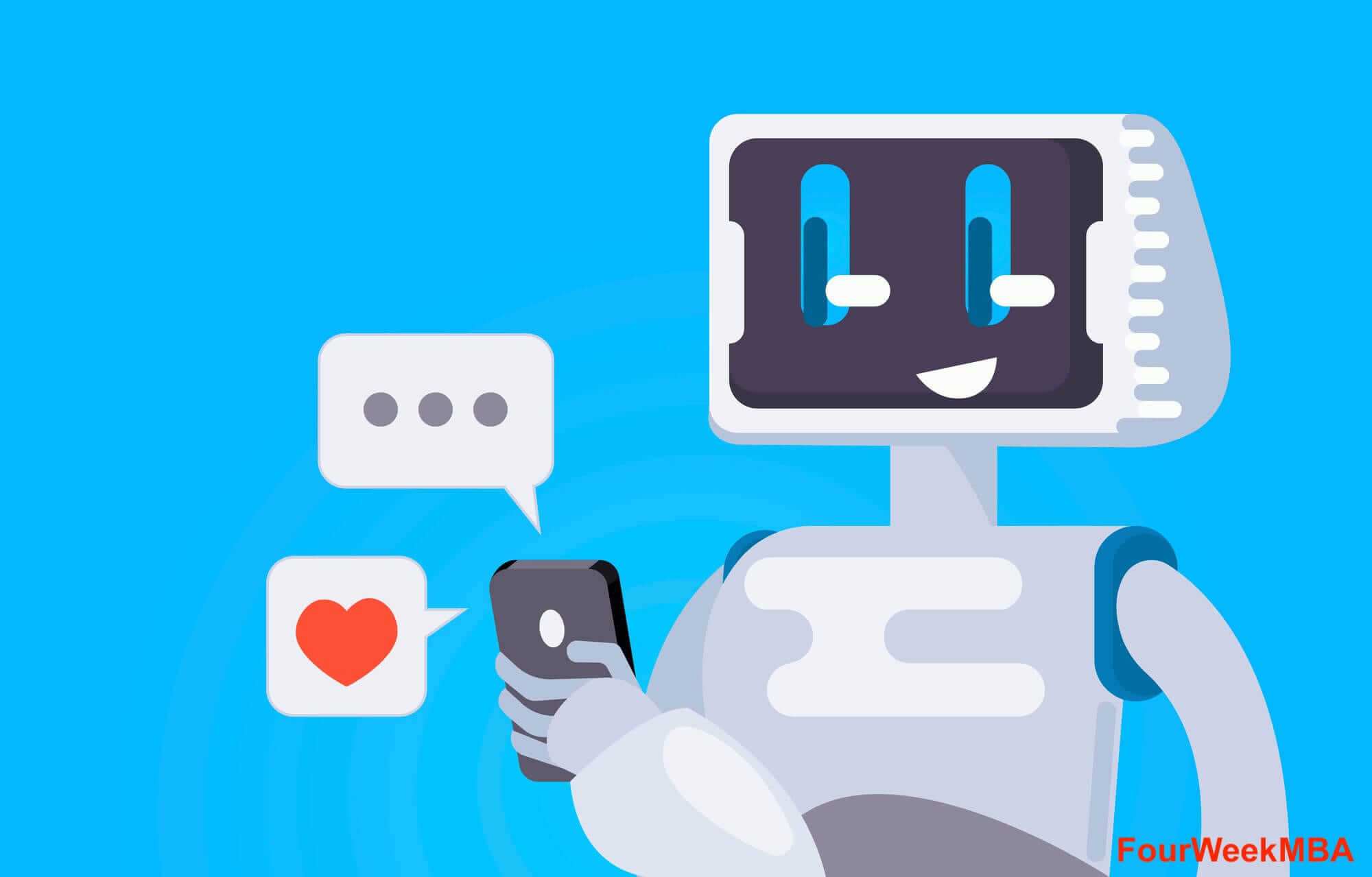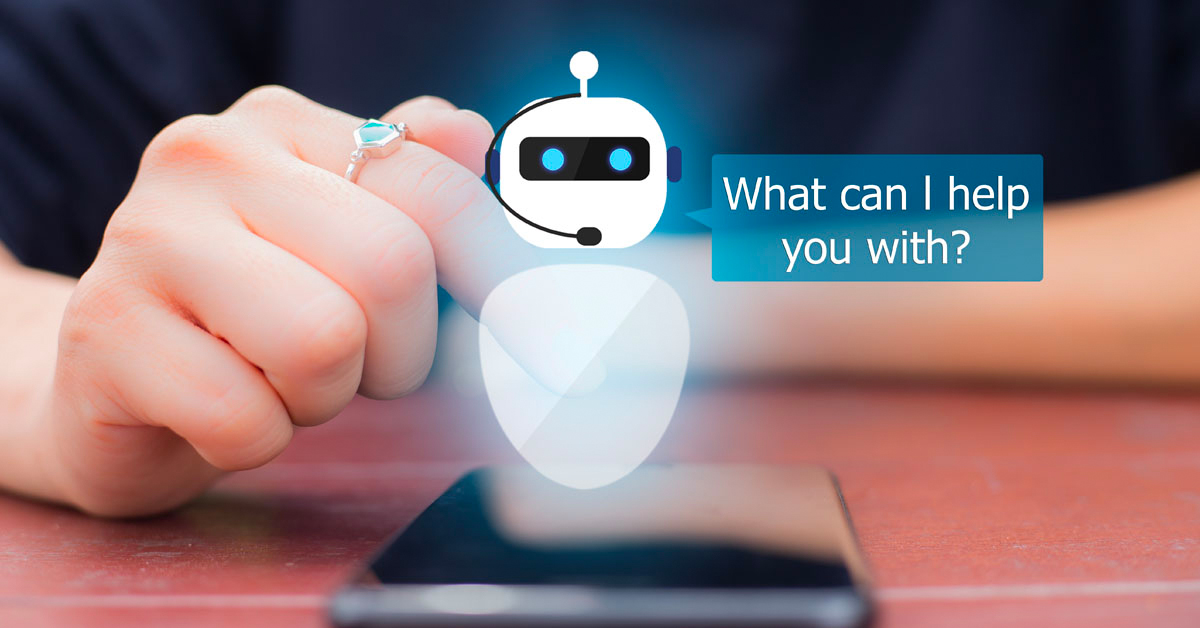
In fact, 36.5% of women in the US aged 18-29 have used it at least once. Live chat is the number one service choice for shoppers between 18 and 49 years old. As a result, 79% of companies report that the presence of this feature has positively impacted their sales, revenues, and customer relations. For comparison, 38% of people are likely to complete their first purchase on websites that offer live chat support. Not only that, but also 51% of customers will probably buy again from the company that has a live chat, based on the live chat sales statistics. They are also more likely to stay loyal to this company. Approximately 63% of people spending $250-500 monthly online will most likely purchase from companies offering live chat. Another 14% think customers like to communicate via email, while 9% say the same for social media. On the other hand, they are overstaffing their contact centers with phone operators, as this is what 42% of firms consider customers’ preference. Online chat customer service is in the minds of only 35% of business owners. There is a strange imbalance between what companies think their customers want and what they actually want.

Only 35% of businesses think customer preferences levitate toward live chat. Based on the answers from the study respondents 82% of customers consider the same importance in case of contact with the marketing team or sales-related inquires.

About 90% of customers consider a quick reaction from support to their inquiry to be very important.Īfter reaching out to the customer support team, about 60% of customers prefer a maximum 10 minutes reply or support, live chat statistics show. Tech-savvy customers are more familiar with the messaging platforms nowadays and research shows that 79% prefer live chat due to instant support access. At the same time, customer demands are increasing, and businesses need to meet them.
#Statistics on chatbot marketing drivers
One of the common drivers of this growth is digitalization, with many companies introducing tools to automate their operations and improve efficiency. By 2022, about 85% of businesses are expected to opt for live chat support.ĭespite having been around for a while, web chat customer service has only gained traction in the last decade. Live chat costs companies 15-33% less compared to phone support.


#Statistics on chatbot marketing how to
Here’s what you need to know to figure out how to go about it. But to give your audience a high-quality experience, you need to find a perfect balance and harness the power of technological advancements just right. Live chat statistics show that this form of communication has become a top customer choice. If you are not there to meet their demands, they will just leave. While until recently it was enough to list your call center number and social media icons on your website, which no longer cuts it -customers demand real-time communication, and more often than not, they want it online. The advancement of technology has brought about a massive shift in customer behavior.


 0 kommentar(er)
0 kommentar(er)
